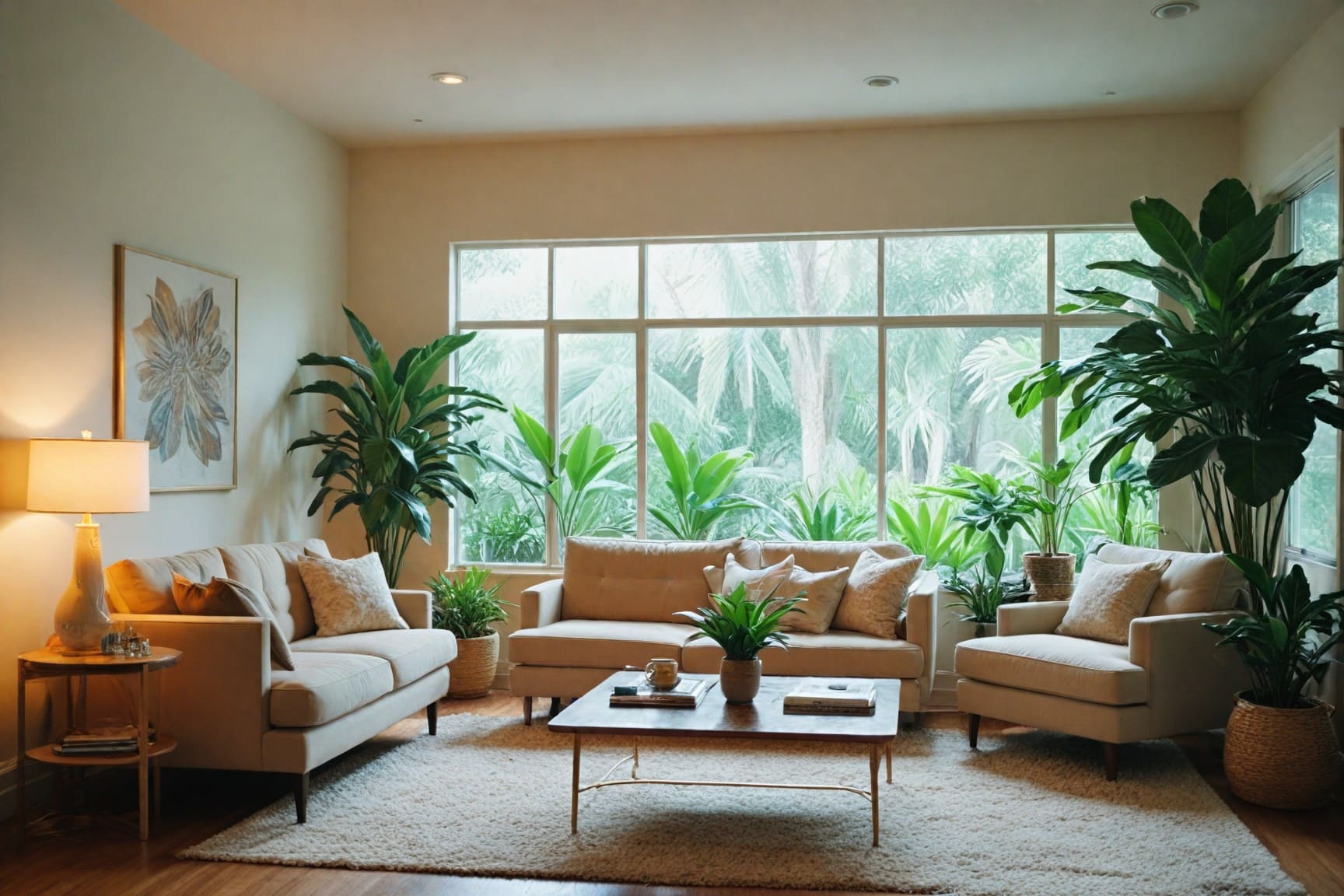
When it comes to curating a Pinterest-worthy plant home, the indoor gardening aesthetic is all about blending natural beauty with stylish design.
From selecting the right indoor plants to arranging them in a way that elevates your home’s decor, creating an Instagram-worthy indoor garden can be both a fun and fulfilling project.
To start, consider the style and vibe you want your indoor garden to reflect. Are you aiming for a minimalist look with clean lines and a few well-placed plants, or do you envision a lush, urban jungle overflowing with greenery?
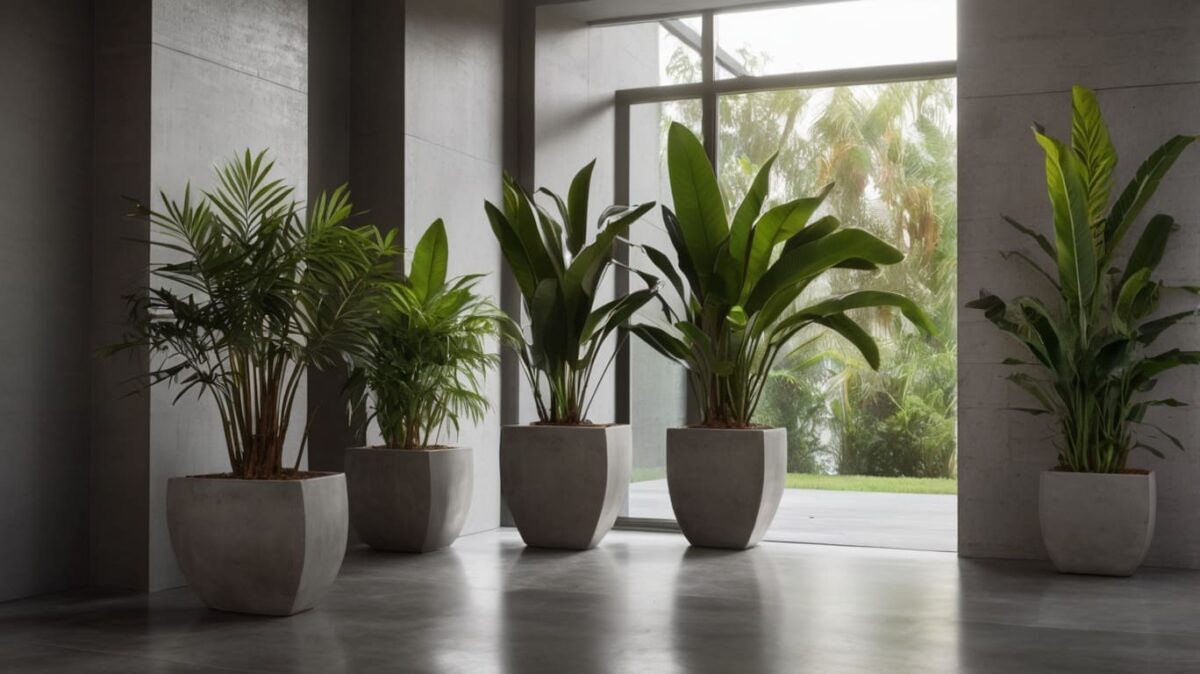
Your indoor gardening aesthetic should complement your home’s existing decor while adding a fresh, vibrant element. For instance, if your space leans towards modern, sleek furniture, incorporating geometric planters with sculptural plants like snake plants or ZZ plants can create a cohesive look.
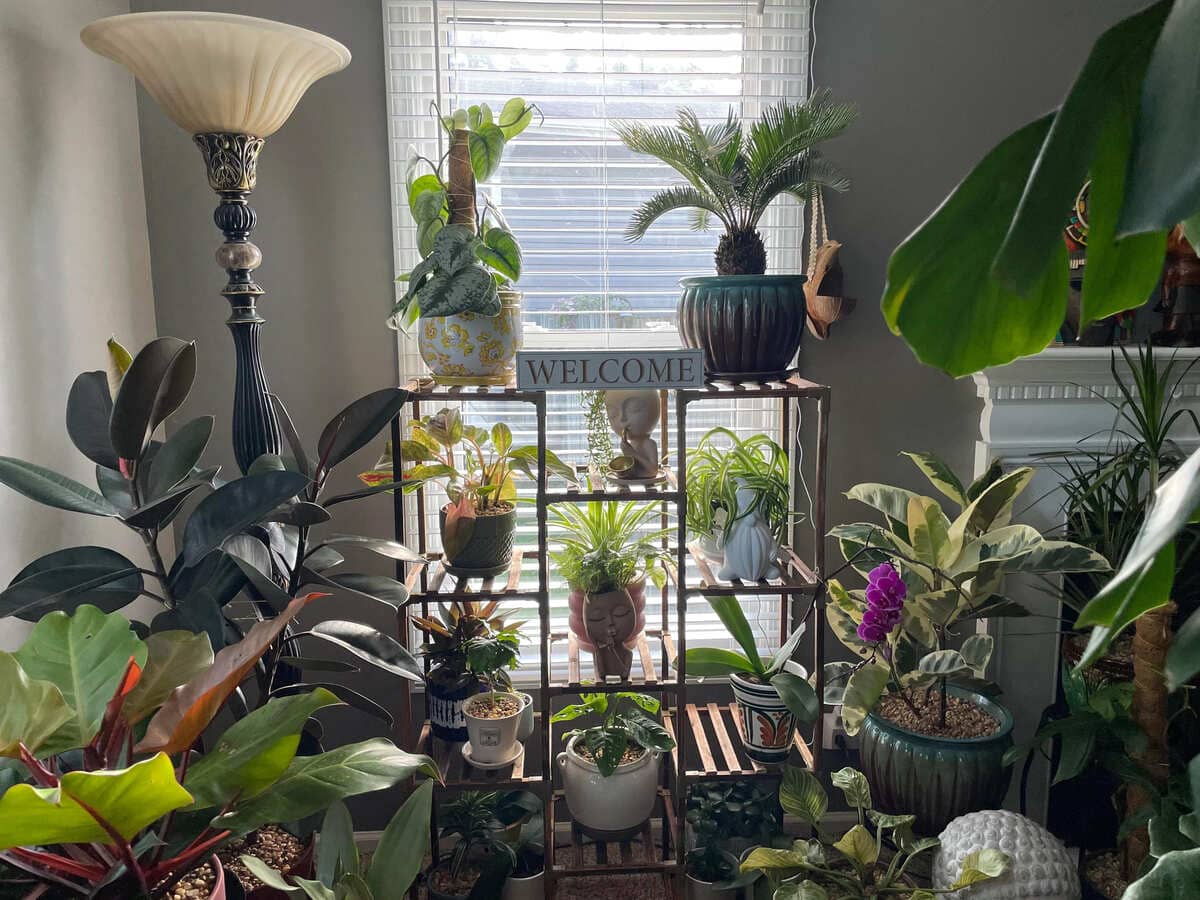
On the other hand, if you’re drawn to a more bohemian vibe, mixing various plants with macramé hangers and vintage pots can give your home that cozy, lived-in feel.
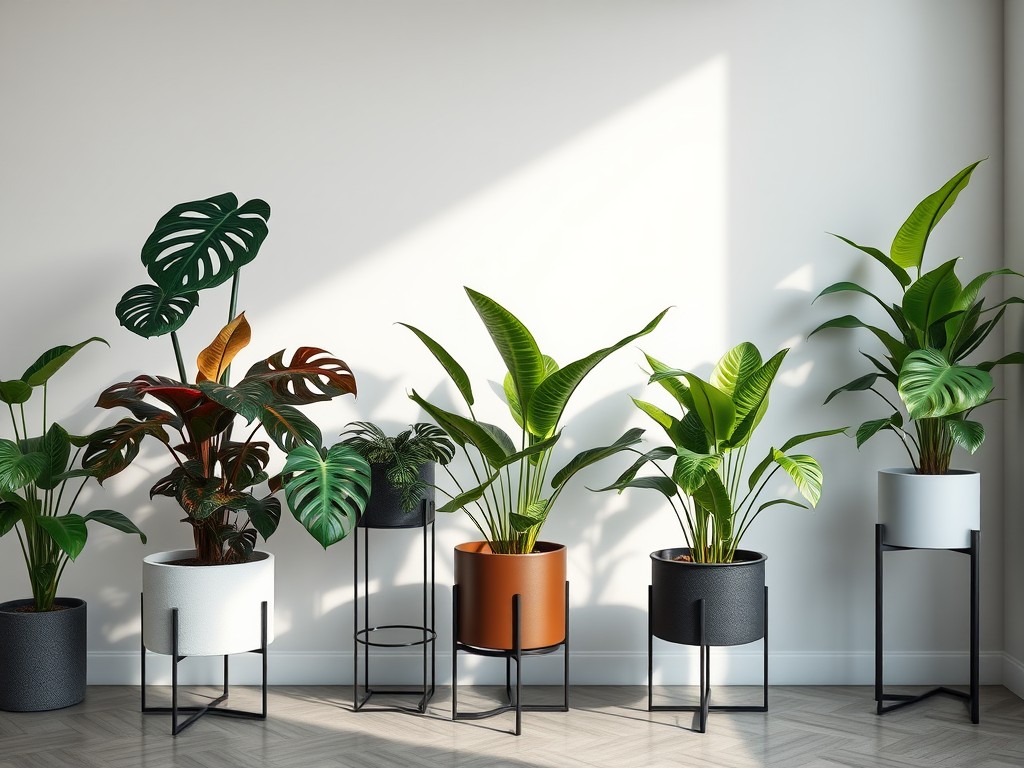
The beauty of indoor gardening is that it allows you to experiment with different plant styles and arrangements. Don’t be afraid to play around with plant heights, leaf textures, and pot colors to create a visually appealing display. For example, pairing tall, statement plants like fiddle leaf figs with trailing vines like pothos can add depth and interest to a room.
This layering technique not only looks stunning but also maximizes the space, making your indoor garden feel more abundant.
In this article
Choosing the Right Indoor Plants
Selecting the right plants is the foundation of any Pinterest-worthy home. It’s important to choose plants that not only fit your aesthetic but also thrive in your home environment. Consider factors like light levels, humidity, and temperature when picking your plants.
If your home has ample natural light, opt for sun-loving plants like succulents, cacti, or bird of paradise. These plants not only thrive in bright conditions but also add a sculptural element to your decor.
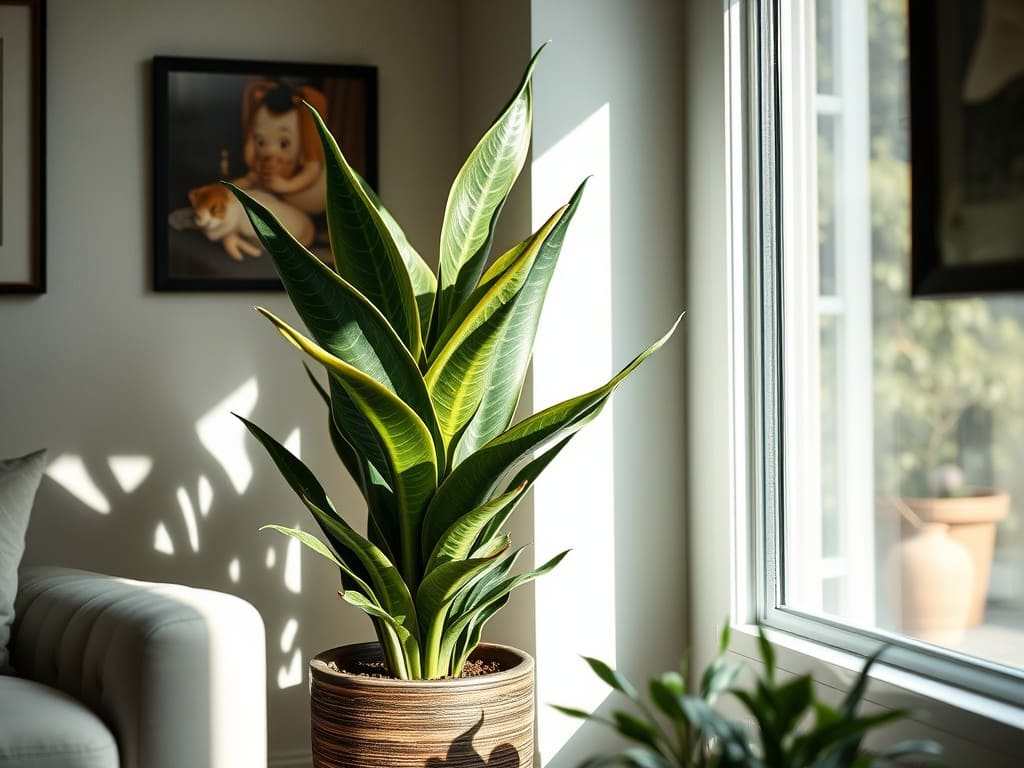
For those with lower light conditions, don’t worry—there are plenty of stylish houseplants that do well in dimmer spaces. Snake plants, ZZ plants, and philodendrons are all excellent choices for low-light areas. Their resilient nature and striking appearance make them ideal for creating an indoor garden aesthetic that’s both chic and low-maintenance.
Incorporating a variety of plants with different growth habits and foliage colors can also elevate your indoor gardening aesthetic. Think about mixing broad-leaved plants with fine, feathery foliage or combining dark, rich greens with lighter, more variegated leaves. This contrast will make your plant display more dynamic and eye-catching.
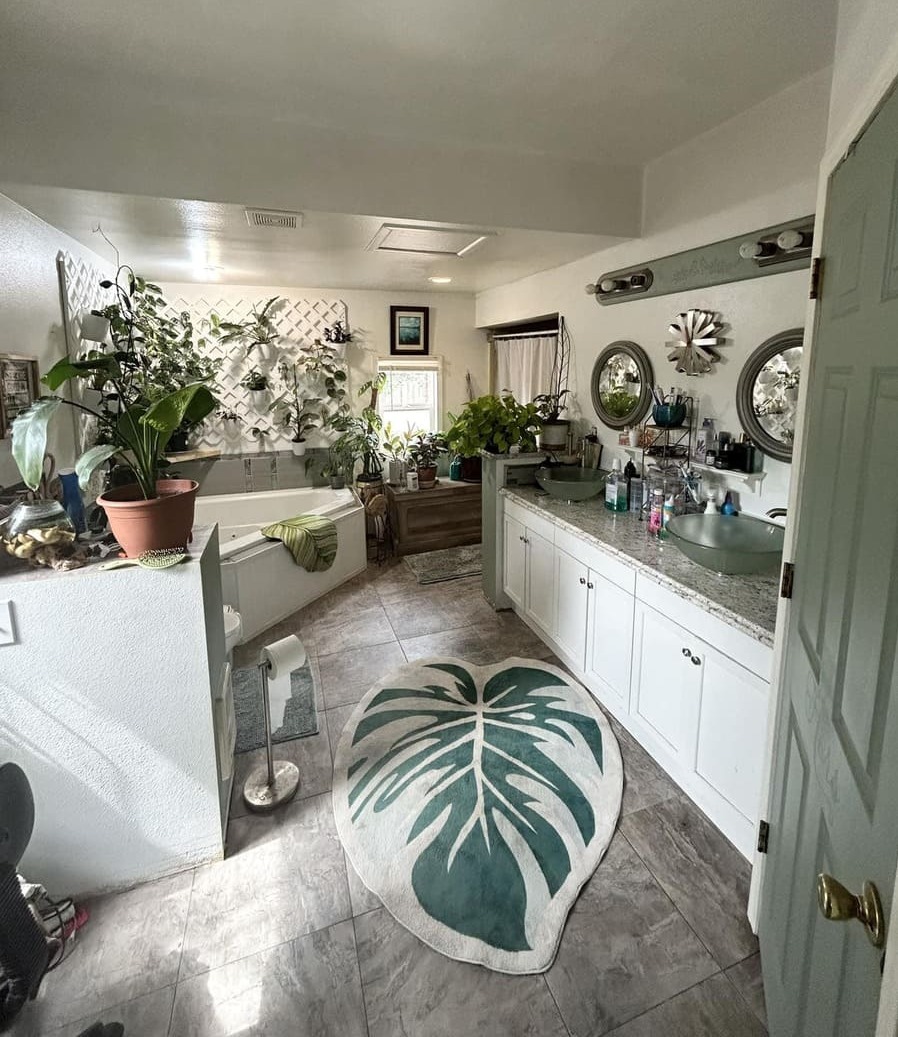
This balance between style and practicality is key to achieving an indoor garden that’s not only visually stunning but also easy to maintain, ensuring that your green sanctuary remains a serene escape in your home.
Utilizing Vertical Space
When creating planning the layout, figuring out how maximize your vertical space is essential. Vertical gardening not only allows you to fit more plants into your home but also adds an interesting visual element to your decor.
If you’re short on floor space, vertical plant displays can be a game-changer in achieving that lush, plant-filled aesthetic without overwhelming your room. One of the easiest ways to utilize vertical space is by installing floating shelves.
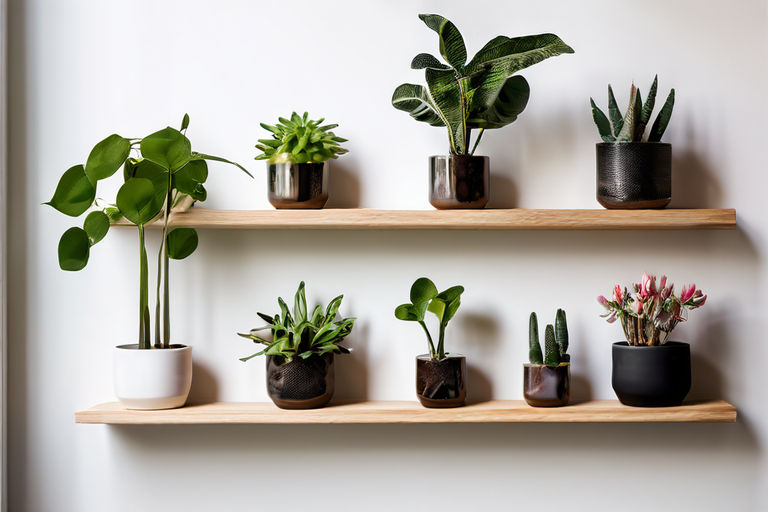
These shelves can be arranged at different heights, creating a tiered effect that draws the eye upward and makes the space feel larger. Not only does this create a stunning focal point, but it also adds a sense of serenity and nature to the room.
Hanging planters are another excellent option for elevating your indoor garden. They work particularly well in spaces like kitchens or bathrooms, where countertop space is at a premium.
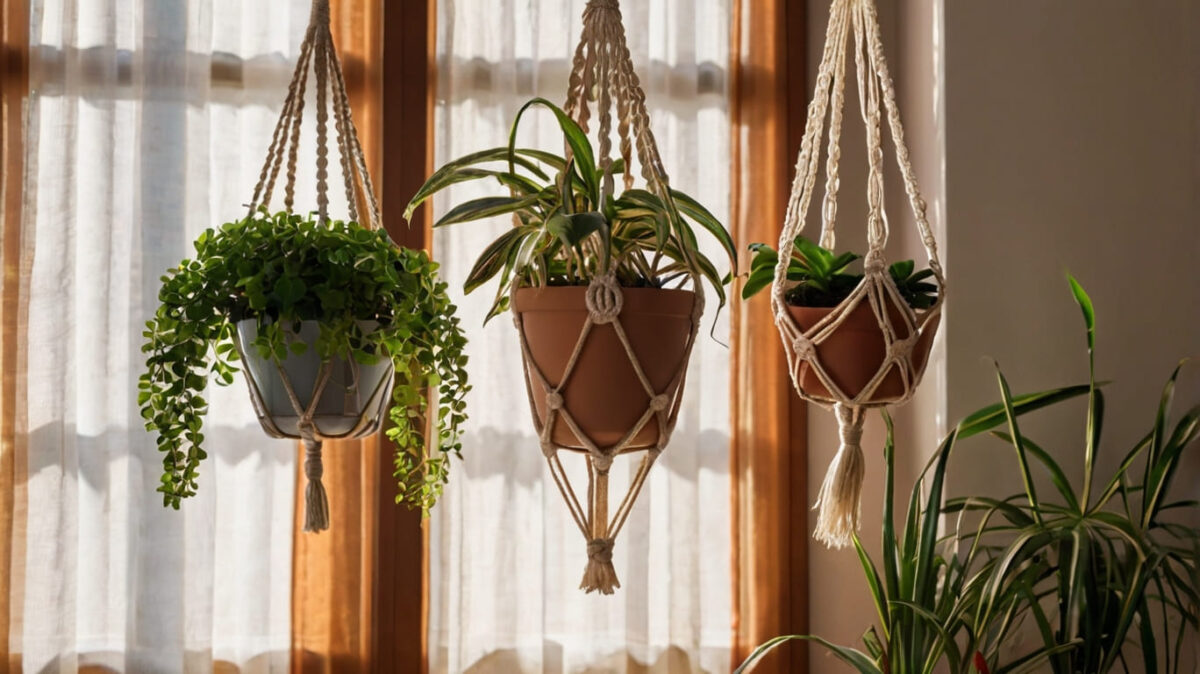
Choose planters that complement your decor style—whether it’s sleek and modern or rustic and bohemian—and fill them with plants that thrive in those particular conditions. For example, placing a few trailing pothos plants in ceramic or macramé hangers can soften the sharp lines of a kitchen while introducing a touch of greenery.
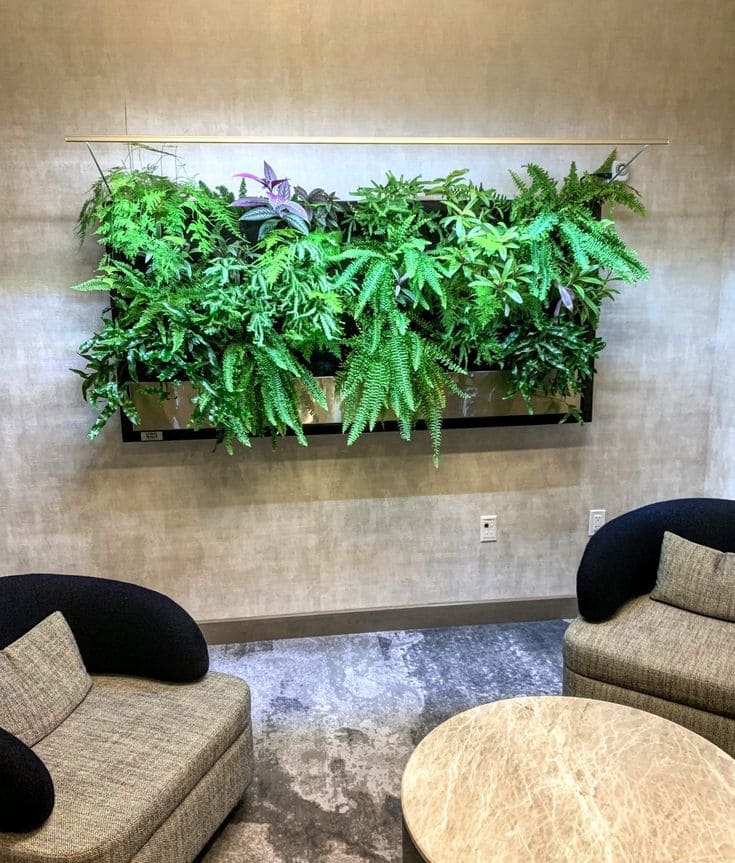
For those looking to make a bold statement, consider a living wall. These vertical gardens can transform any blank wall into a vibrant, living piece of art. While they require a bit more maintenance and planning, the payoff is immense—a living wall not only enhances the aesthetic of your home but also improves air quality and adds a calming presence.
Creating Cozy Plant Corners
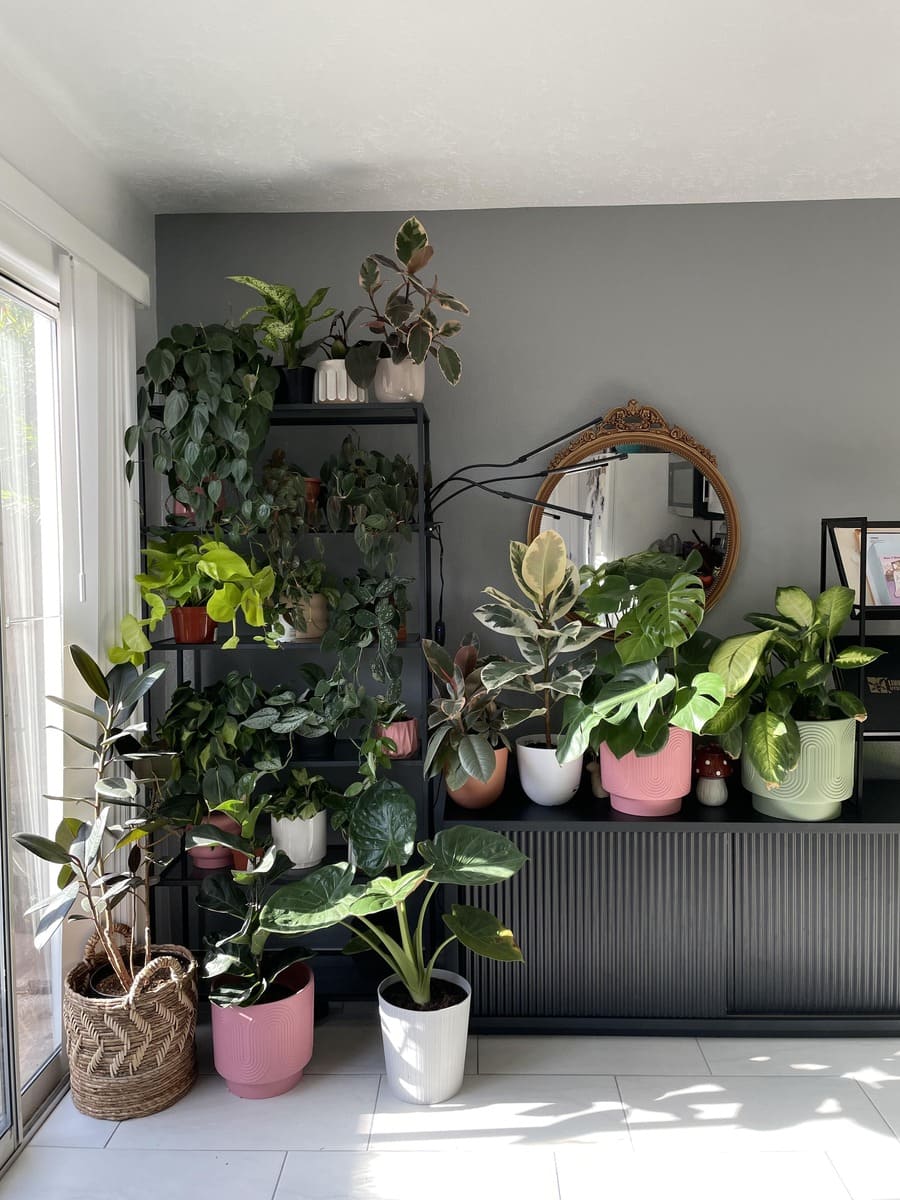
Another way to enhance your indoor gardening aesthetic is by creating cozy plant corners in your home. These intimate spaces are perfect for relaxing, reading, or simply enjoying the beauty of your plants.
To design a plant corner that feels inviting and stylish, start by selecting a comfortable chair or cushion as the centerpiece. Surround this seating area with a variety of plants at different heights to create a layered, lush environment.
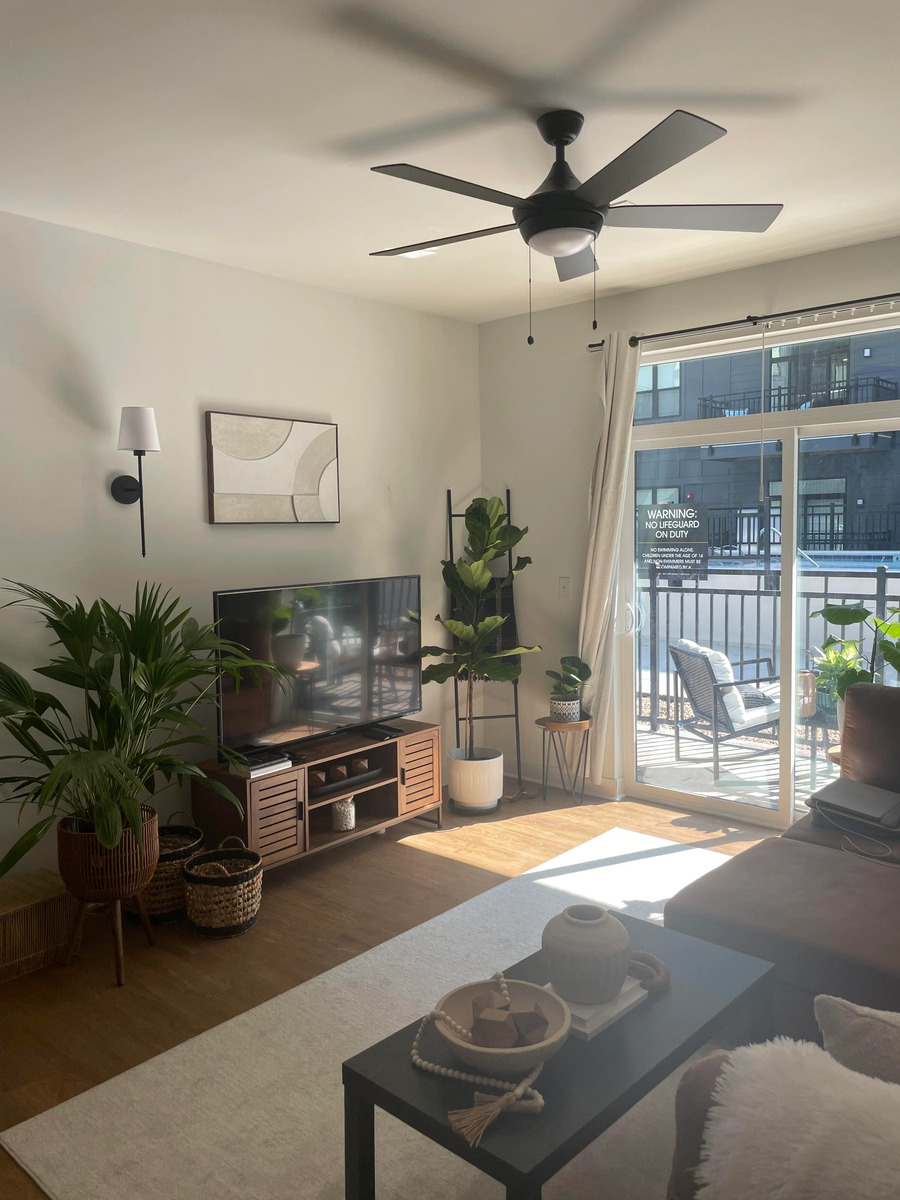
For instance, placing a tall fiddle leaf fig or monstera behind your chair can provide a sense of enclosure, making the corner feel like a private retreat. Add in smaller plants on side tables or plant stands to fill in the space and create depth. You can also incorporate personal touches like books, candles, or a cozy throw blanket to make the corner feel even more inviting.
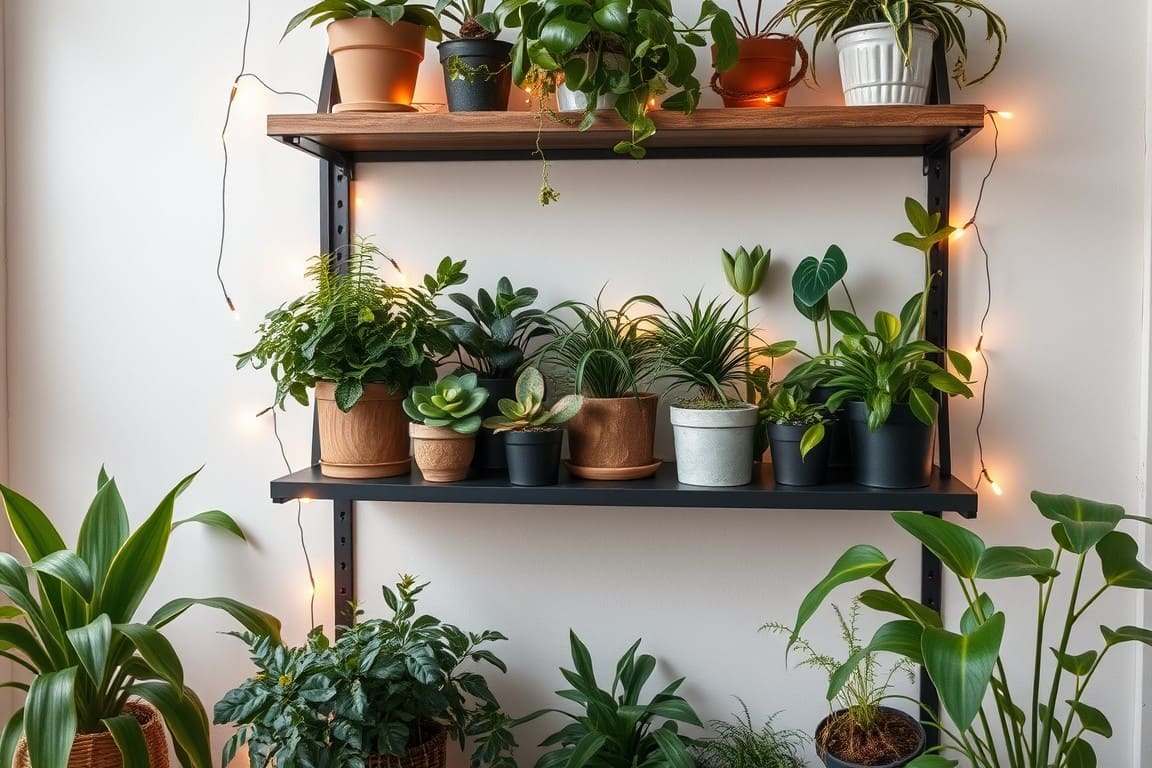
Lighting plays a crucial role in setting the mood for your plant corner. If natural light is limited, consider adding a stylish floor or table lamp that complements your plants. Not only will this illuminate your greenery, but it also creates a warm, cozy ambiance that invites you to sit down and unwind. You might even string up some fairy lights for an extra touch of magic—perfect for those evening moments of relaxation.
Incorporating Stylish Planters
The planters you choose can make a significant impact on your indoor gardening aesthetic. They’re not just vessels for your plants but integral parts of your decor. When selecting planters, think about how they align with the overall style of your home. Do you prefer the clean lines of modern ceramics, the earthy textures of terracotta, or the eclectic vibe of mix-and-match vintage pots?
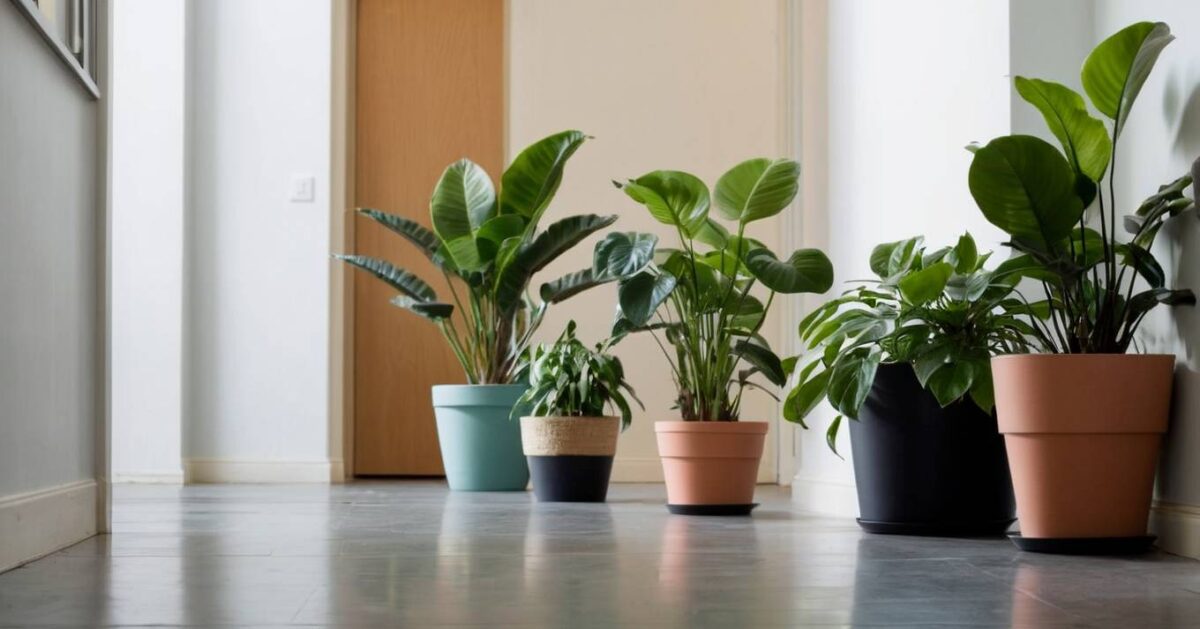
Mixing different types of planters can add visual interest and prevent your indoor garden from feeling too uniform. For example, you might combine sleek, white ceramic pots with warm, rustic terracotta for a balanced look.
Or, you could go for a more eclectic approach by collecting a variety of vintage pots, each with its unique character. The key is to ensure that the planters complement each other and the plants they hold.
Consider the scale and proportion of your planters in relation to the plants and the space they occupy. A large, statement planter can serve as a focal point in a room, especially when paired with a striking plant like a fiddle leaf fig or a rubber plant.
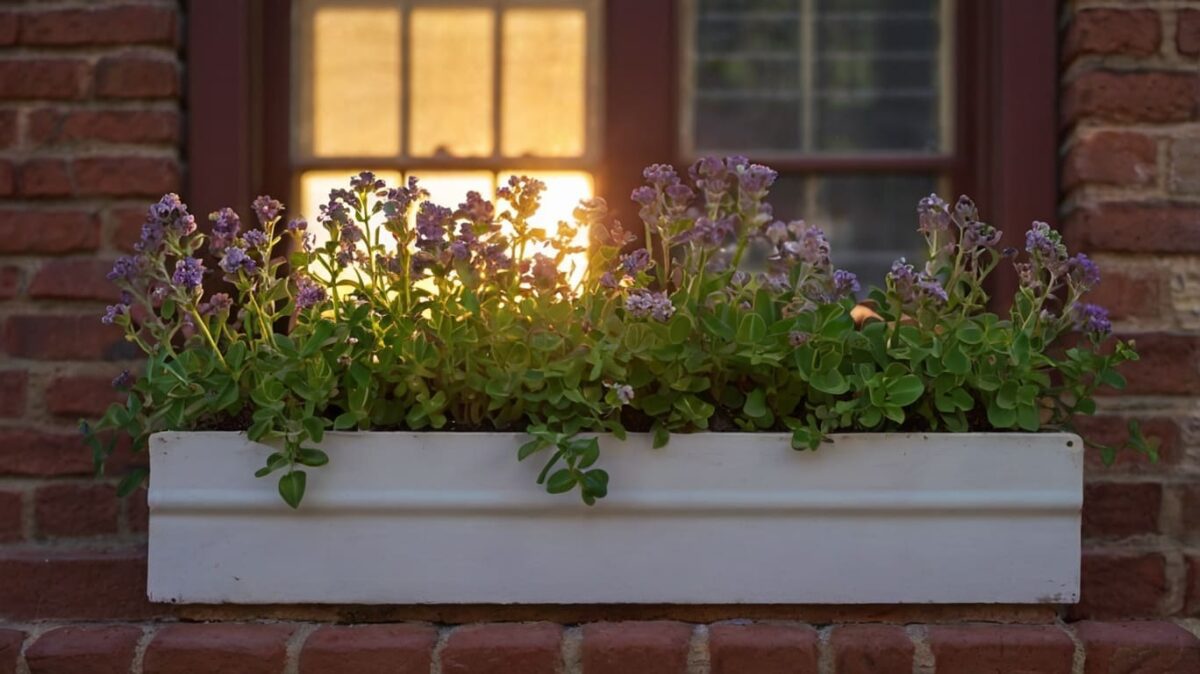
Smaller planters, on the other hand, are perfect for grouping together on shelves or windowsills, creating a vignette of greenery that draws the eye.
Plant Care Essentials
Creating a Pinterest-worthy indoor garden home isn’t just about aesthetics—it’s also about ensuring your plants stay healthy and vibrant. The key to maintaining a stunning indoor gardening aesthetic lies in understanding and meeting the needs of your plants.
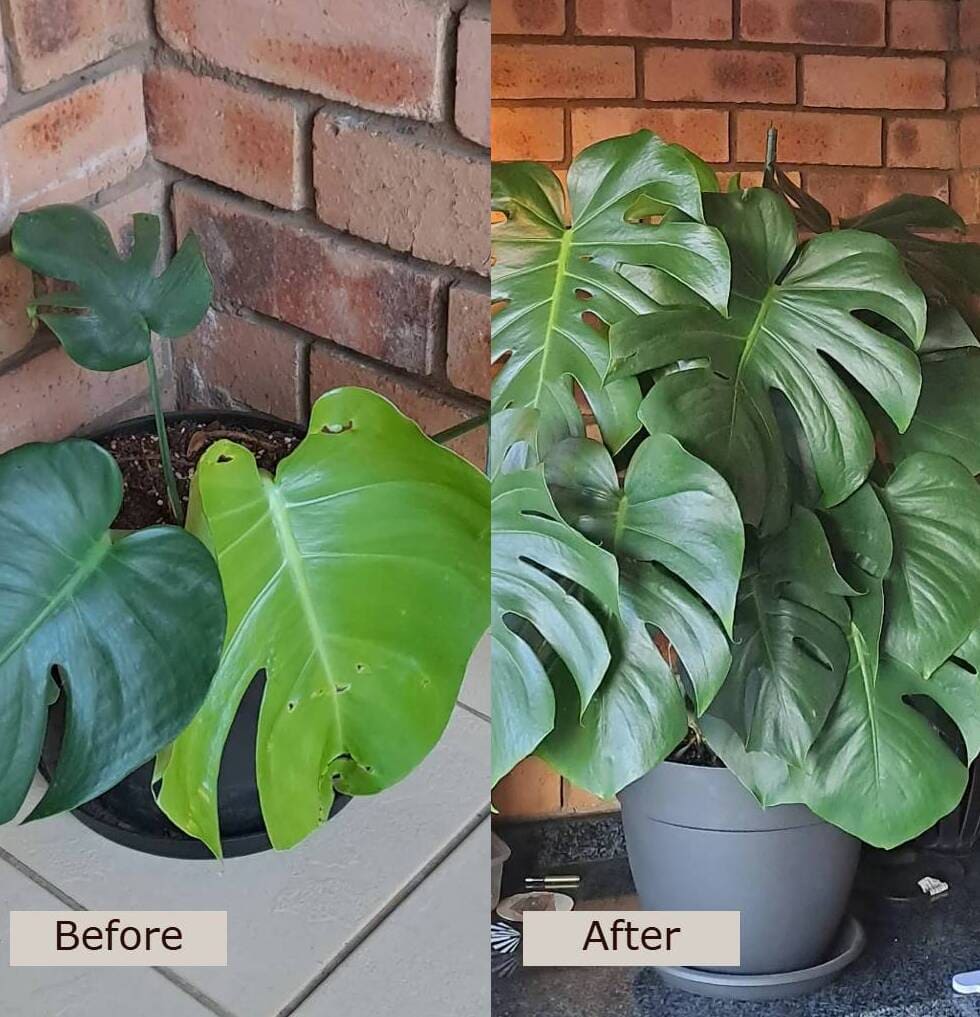
Proper plant care not only keeps your greenery looking its best but also prolongs the life of your plants, allowing your indoor haven to thrive over time.
One of the most important aspects of plant care is watering. Overwatering is one of the most common mistakes new plant parents make, leading to root rot and other issues. It’s essential to understand the specific water needs of each plant in your collection. For example, succulents and cacti prefer to dry out completely between waterings, while tropical plants like ferns and calatheas enjoy consistently moist soil. A good rule of thumb is to check the soil before watering—if the top inch is dry, it’s usually time to water.
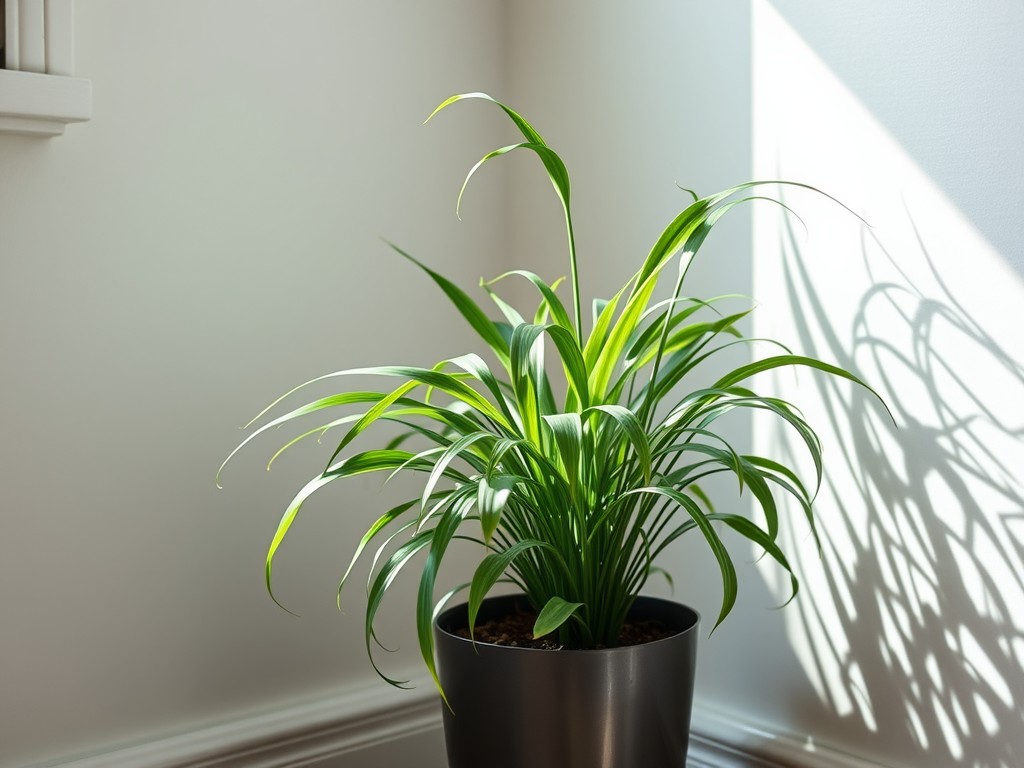
Lighting is another critical factor in plant health. While it’s tempting to place your plants wherever they look best, it’s important to consider their light requirements. Low-light plants, such as snake plants or ZZ plants, can tolerate dimmer conditions, making them perfect for darker corners.
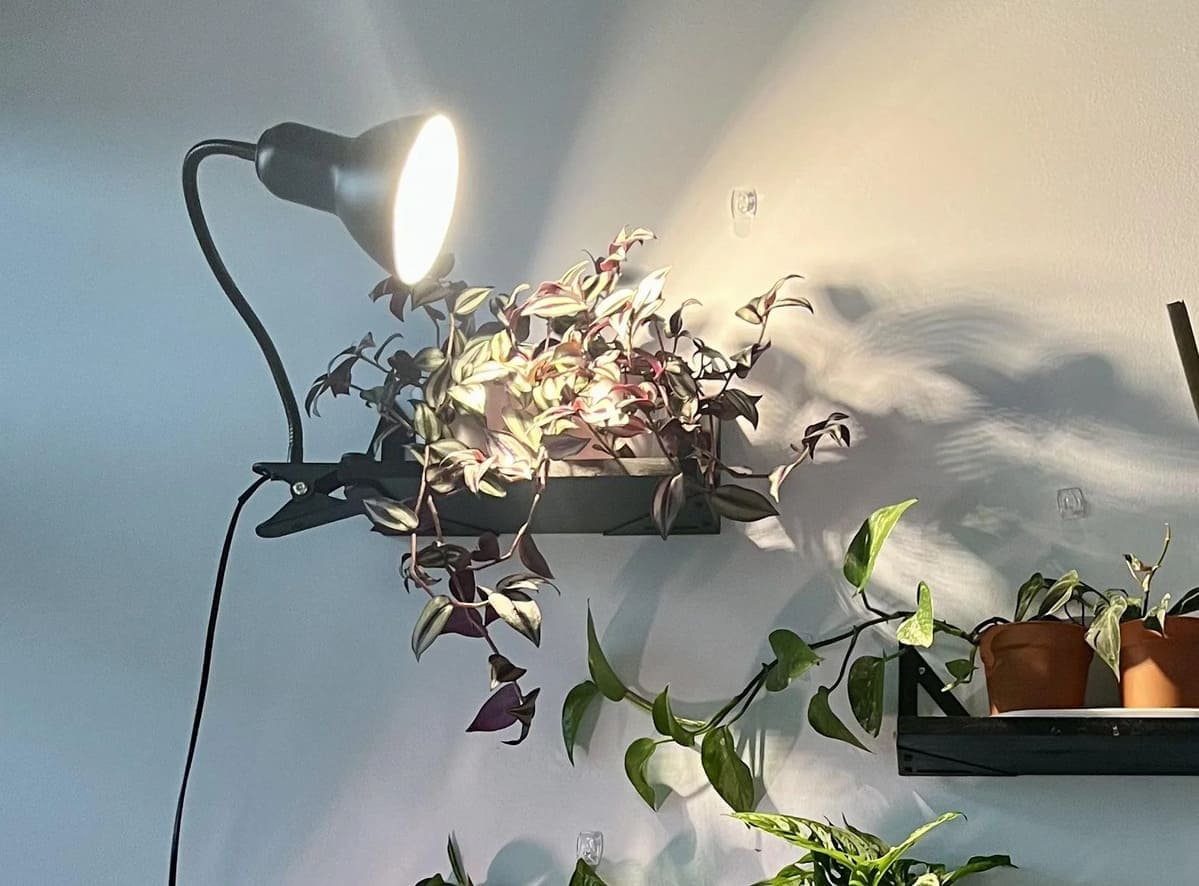
On the other hand, plants like fiddle leaf figs or succulents need bright, indirect light to thrive. If you don’t have enough natural light, consider using grow lights to supplement your plants’ needs. These lights mimic natural sunlight and can help keep your plants healthy even in less-than-ideal lighting conditions.
Feeding your plants with the right nutrients is also crucial. During the growing season (typically spring and summer), most plants benefit from a regular feeding schedule using a balanced, water-soluble fertilizer. However, it’s important not to over-fertilize, as this can cause more harm than good. Stick to the recommended dosage and frequency on the fertilizer packaging, and remember that most plants need less fertilizer during the fall and winter when their growth slows down.
Refreshing and Revamping Your Indoor Garden
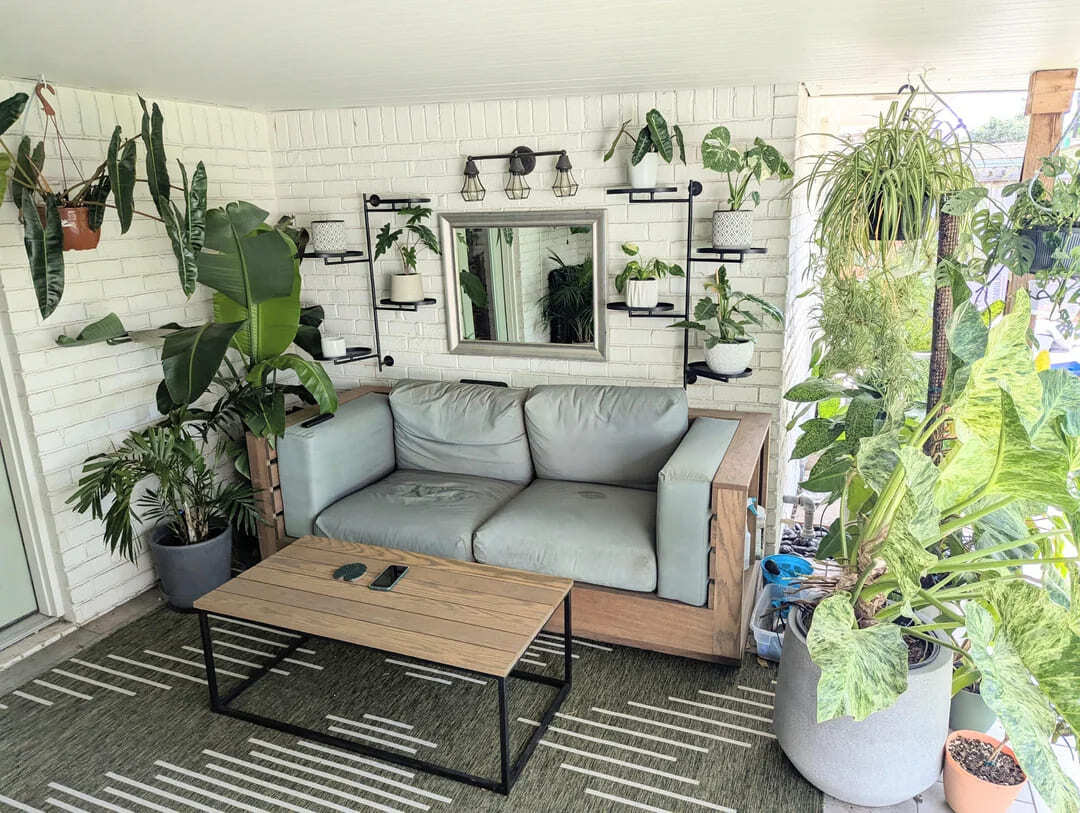
Even the most Pinterest-worthy indoor garden can benefit from an occasional refresh. As your plants grow and your style evolves, you might find that some changes are needed to keep your indoor garden looking its best.
Start by assessing the health and growth of your plants. As plants mature, they might outgrow their current pots or locations. If a plant looks cramped, it may be time to repot it into a larger container. Similarly, if a plant isn’t thriving in its current spot, try relocating it to a different area with more suitable light conditions.
Refreshing your plant displays can also be as simple as rearranging your plants or introducing new ones into the mix. Swap out seasonal plants, like poinsettias in winter or fresh herbs in spring, to keep your indoor garden feeling current.

You might also experiment with different types of planters or add new decorative elements like plant stands, baskets, or even art pieces that complement your greenery.
These small changes can have a big impact on the overall look and feel of your space.
Another great way to revamp your indoor garden is by propagating your plants. This not only gives you more plants to work with but also allows you to create new displays without spending a dime. For instance, cutting and rooting a pothos vine can give you a whole new plant to style on a shelf or hang in a planter.
Plus, sharing cuttings with friends or swapping plants with fellow indoor gardeners can introduce you to new varieties and ideas, keeping your indoor garden fresh and exciting.
Frequently asked questions
What are the best plants for beginners looking to create a Pinterest-worthy indoor garden?
For beginners, it’s best to start with low-maintenance plants like snake plants, ZZ plants, or pothos. These plants are not only resilient but also versatile, fitting into various interior styles with ease. Their hardiness makes them ideal for those new to indoor gardening while still contributing to a chic, Pinterest-worthy aesthetic.
How can I keep my indoor garden looking fresh year-round?
To keep your indoor garden looking fresh, regularly assess your plant displays and make adjustments as needed. This can include repotting, rearranging, and introducing new plants or decor elements. Seasonal refreshes, like adding flowering plants in spring or cozy textures in winter, can also help maintain a dynamic and engaging indoor garden.
How do I choose the right planters for my indoor garden?
When choosing planters, consider the style of your home and the needs of your plants. For a cohesive look, select planters that complement your decor, such as modern ceramics for a minimalist aesthetic or rustic terracotta for a more earthy vibe. Additionally, ensure that the size of the planter is appropriate for the plant’s growth, allowing enough space for roots to develop.
By following these tips and maintaining a consistent care routine, your indoor gardening aesthetic will not only be Pinterest-worthy but also a lasting, vibrant part of your home. With thoughtful plant selection, creative displays, and a little bit of regular care, you’ll have an indoor garden that not only looks beautiful but also brings joy and tranquility to your space year-round.







